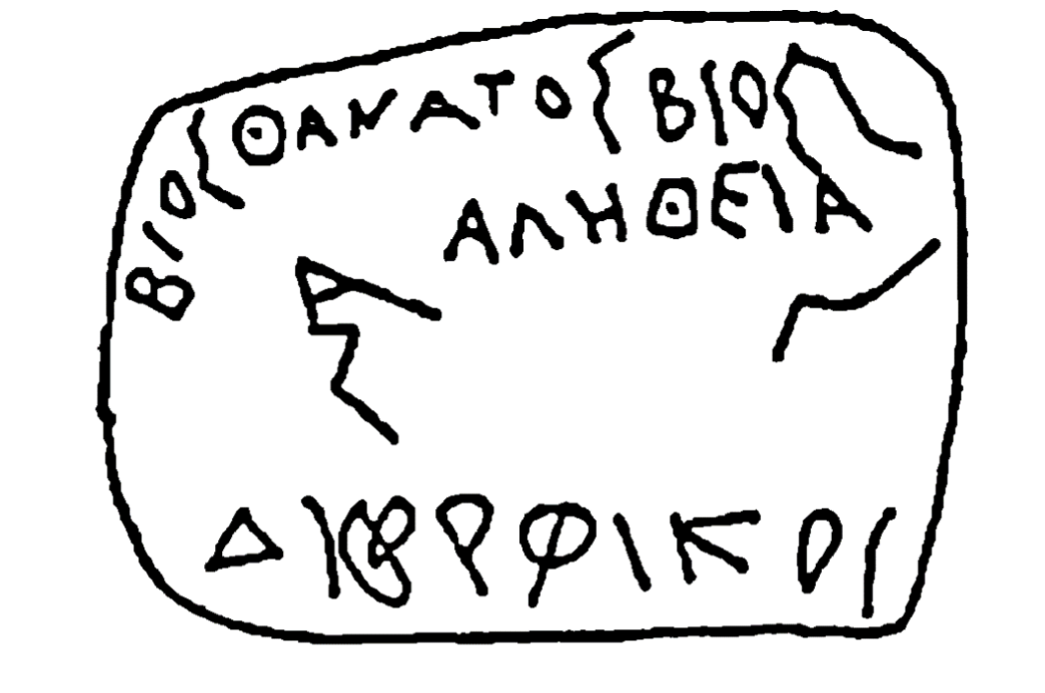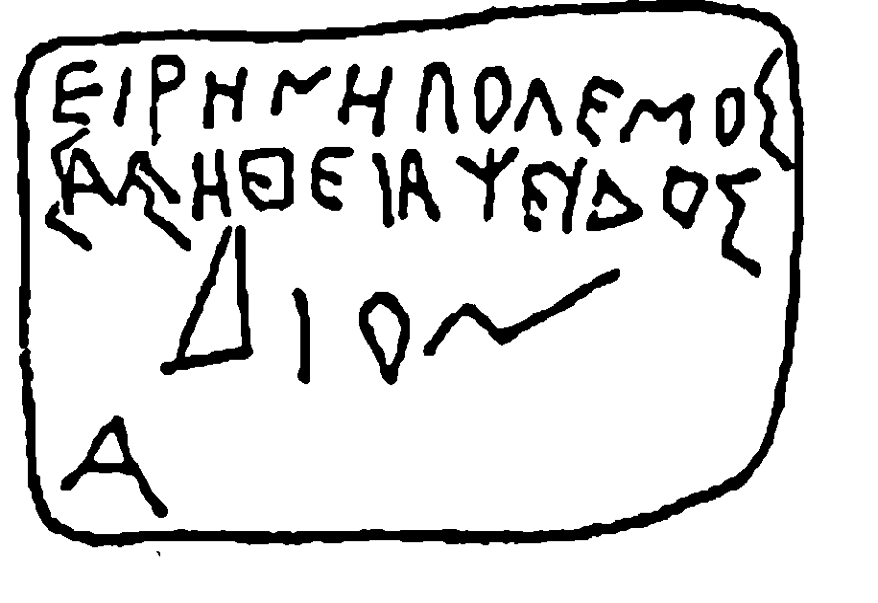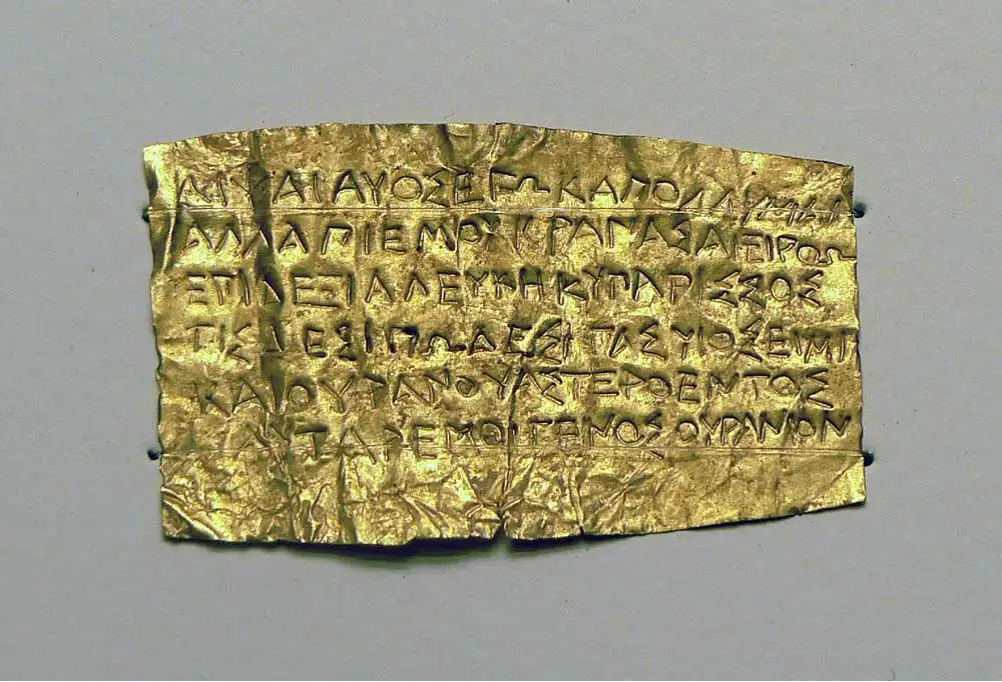Rangos, Spyridon. 2023. “The role of contraries in the 'Orphic life'.” In “Γέρα: Studies in honor of Professor Menelaos Christopoulos,” ed. Athina Papachrysostomou, Andreas P. Antonopoulos, Alexandros-Fotios Mitsis, Fay Papadimitriou, and Panagiota Taktikou, special issue, Classics@ 25. https://nrs.harvard.edu/URN-3:HLNC.ESSAY:103900179.
I. Introduction
In his famous Gifford Lectures delivered at Edinburgh in 1901–1902 under the title The Varieties of Religious Experience, William James writes the following about how mystics, the world over, have described their new vision of the universe provided by illumination: [1]
The aim of this paper is to show that James’ pertinent observation applies not only to mystics but to the ideal participants of ancient mystery cults as well. The goal of initiation, as Aristotle (fr. 15 Rose3 = Ross Fragmenta. Selecta p. 84) perceived, was an intimately felt experience (pathein), rather than a doctrine for intellectual cognition (mathein), which would make the initiate be disposed of (diatethenai) in a certain way. In other words, initiation aimed at sealing the initiand’s mind with a permanent affective state that would ideally change his/her entire outlook on things. [2] A μανία or, in modern parlance, an altered state of consciousness induced by a variety of means (ritual enactment, music, dancing, intoxication, mythical imagery, or even a near-death experience) should have been at the centre of initiation. [3] Although I think that a more general case can be made, in the present paper I will confine myself to Orphic-Bacchic mysteries as a case study.
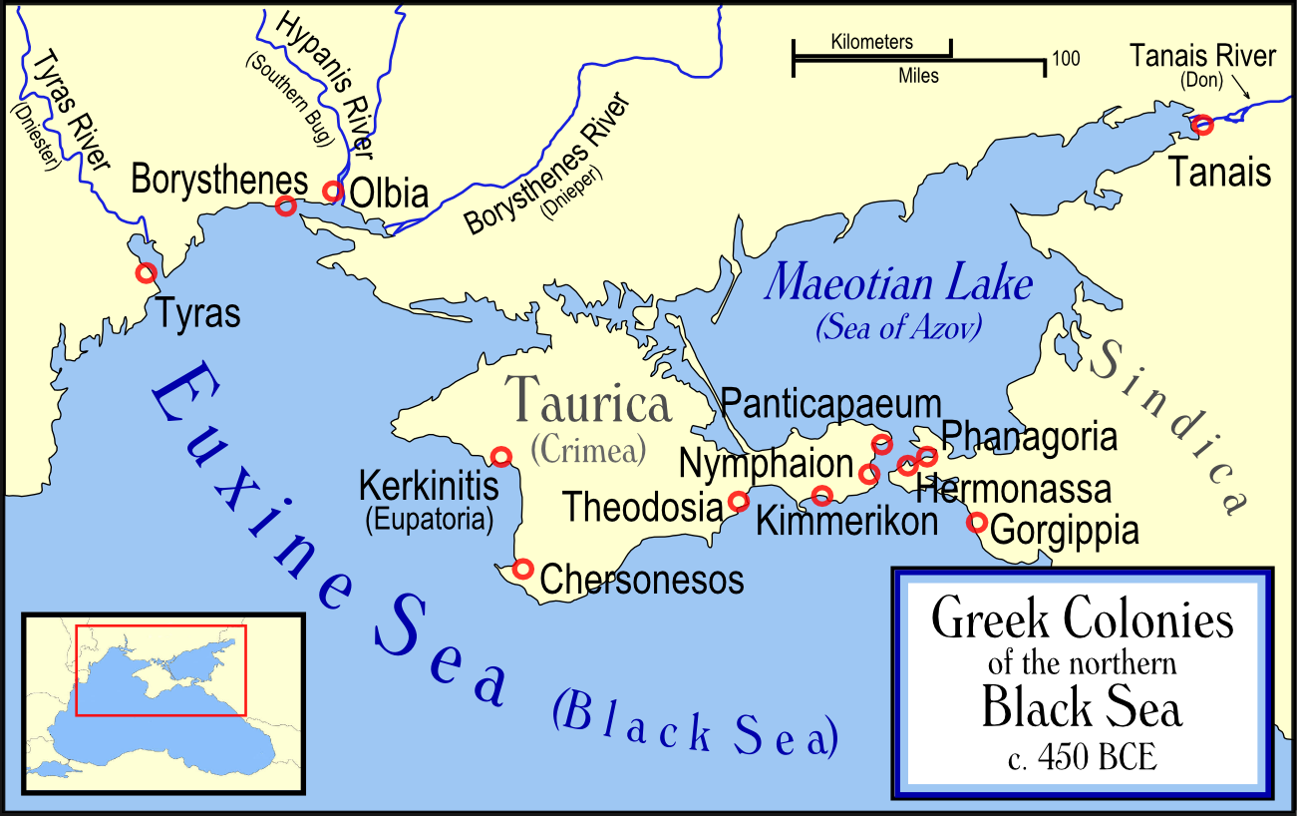
II. Scyles in Olbia
III. Orphic bone tablets
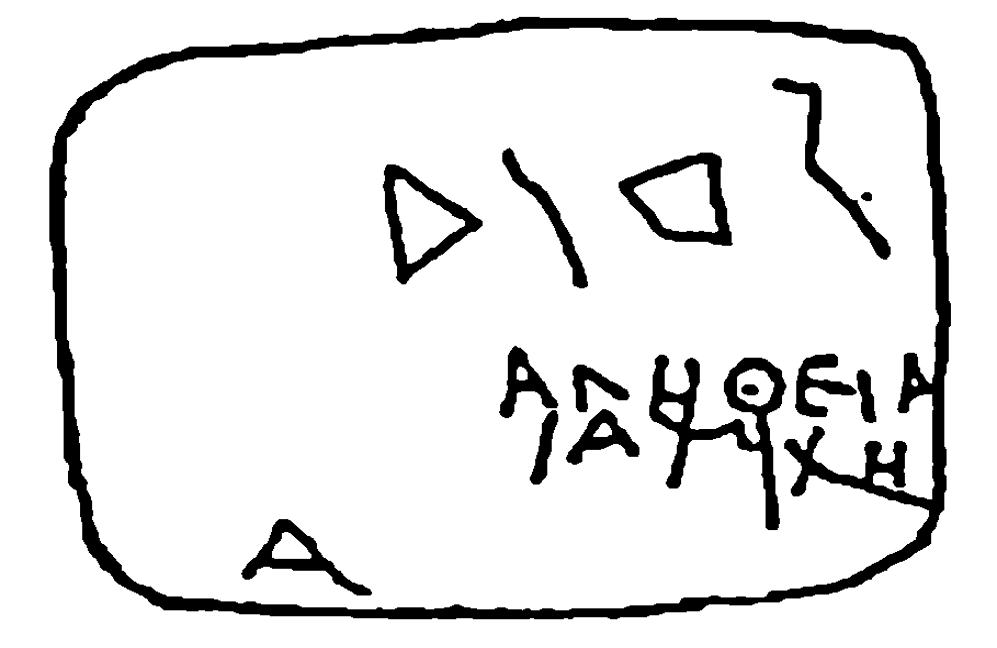
IV: Heraclitus of Ephesus
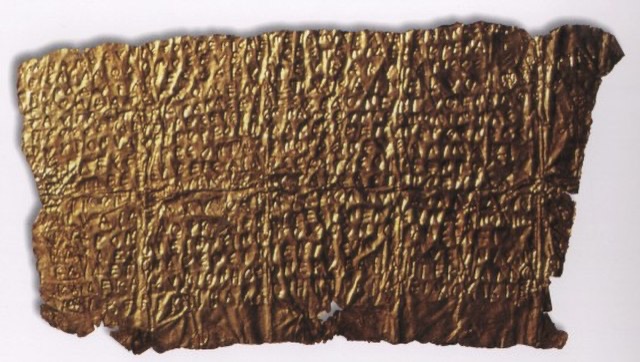
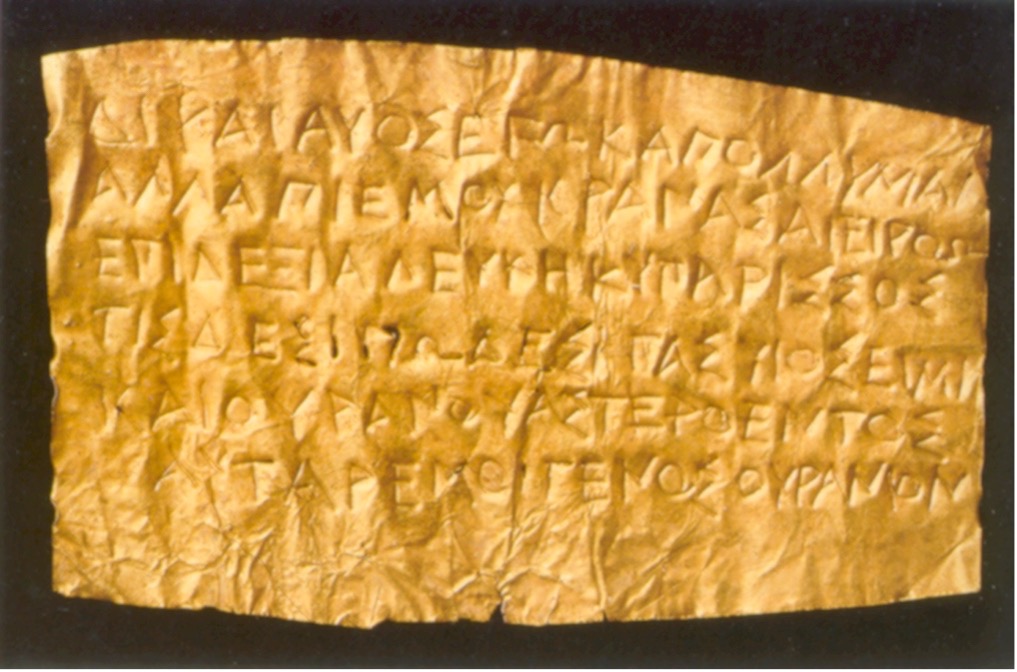
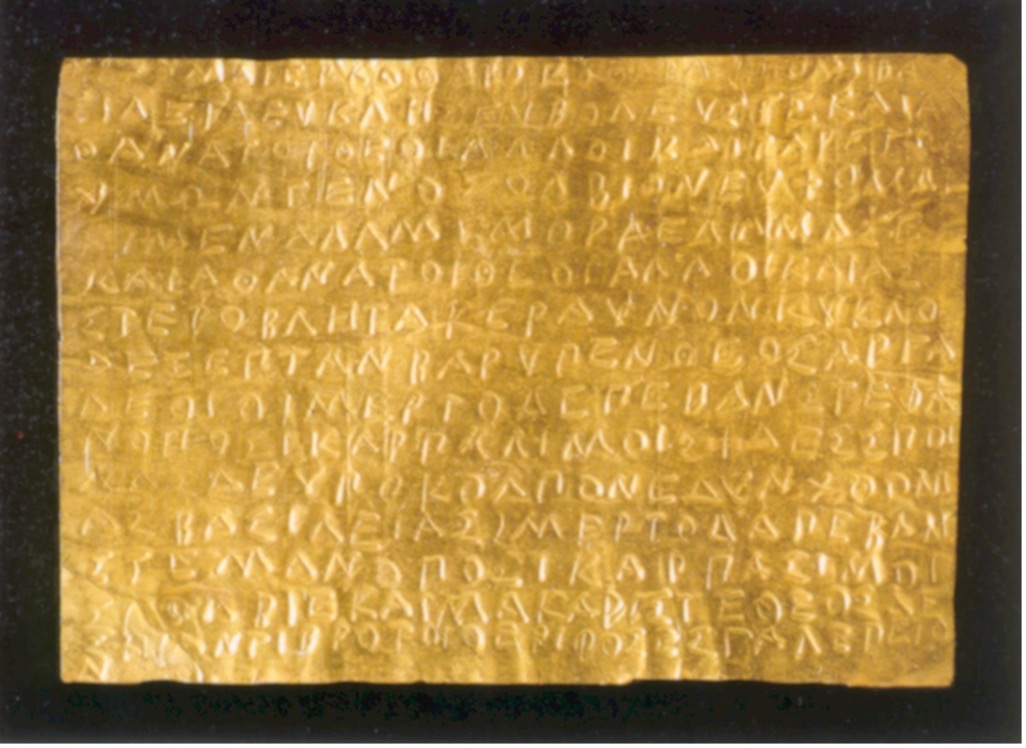
V. Gold leaves
Symbolic contrariety is also present in the famous gold lamellae (Figures 3–5). Before examining two such specimens (Heaven-Earth, Memory-Forgetfulness), let us look at three expressions, numbered (i)–(iii) below, that allude to a profound experience or/and an altered state of consciousness meant ideally to accompany the initiate for the rest of his/her life.
- In the long and unintelligible Orphic lamella from Thurii (L12 = OTF 492 = C1), [18] which has been rightly brought into comparison with the text of the Derveni papyrus, [19] we find the phrase φάος ἐς φρένα, “light to the mind” (line 9). This phrase seems to indicate the sudden illumination that the Orphic mystes is expected to receive during initiation.
- In one of the other tablets from Thurii (L8 = OTF 487 = A4), a voice greets the initiate with the following words: χαῖρε παθὼν τὸ πάθημα τὸ δ᾽ οὔπω πρόσθ᾽ {ε} ἐπεπόνθεις· / θεὸς ἐγένου ἐξ ἀνθρώπου, “hail, you having had an experience such as you never had before: from a human being you have become a god” (lines 3–4). As Bernabé and Jiménez [20] rightly stress, “this is not just any experience […:] it is ‘the’ experience.” And this quite unique experience is, at one and the same time, the experience of initiation and the (symbolic) death that is experienced in it, whereby the mystes turns into a god. For the first verse of the same text reads: ἀλλ᾽ ὁπόταν ψυχὴ προλίπῃ φάος ἀελίοιο, “but when the soul leaves the light of the sun,” an expression which obviously means death. The primacy of a death experience in Orphic initiation [21] —and, ideally, the permanency of the effects of a near-death experience [22] —is shown by the two lamellae from Pelinna (L7A–B = OTF 485–486 = D1–2). They begin with words meant to be pronounced at the climax of initiation and also at the actual burial [23] of the initiate: Νῦν ἔθανες καὶ νῦν ἐγένου, τρισόλβιε, ἄματι τῷδε, “now you have died and now you have been born, thrice happy one, on this very day.” Here birth and death are approached as the two sides of a single extraordinary event: to die as a human being is to be born as a god. Notice the emphatic repetition of the temporal indications “now” (νῦν, twice) and “on this very day,” which indicate that death and birth are not successive but simultaneous occurrences.
- In the same leaves, we find the initiate to be triumphantly addressed with the following words: οἶνον ἔχεις εὐδαίμονα τιμήν, “you have wine as your blissful honor.” [24] The “wine” mentioned here is obviously a symbol of Dionysian drunkenness (cf. Βάκχιος in line 2). And this kind of drunkenness, although intimately connected to ordinary wine-intoxication, also alludes to an extraordinary state of consciousness, in which, I will subsequently suggest, the unity of opposites is intimately experienced. In Burkert’s words, [25] “the new horizons of consciousness attained by βακχεύειν might well appear to overcome the factual banality of death.”
Let us recall William James’ formulation: [30]
The description fits perfectly well the initiate’s reply. By claiming to be the child of Heaven and Earth, the initiate claims to have gone beyond the world of our common experience where duality, contradictoriness, and conflict prevail. As in James’s quotation, the coincidence of opposites achieved through initiation does not amount to an abolition of all distinctions but, rather, to the absorption of the baser species of the original genus of contraries (Earth, mortality) into the nobler and better species (Heaven, immortality), which ipso facto becomes one and the same with the genus itself. We may assume that implicit in the proclamation of the dual origin in all such tablets, including the abbreviated texts from Crete (Tzifopoulos 2010) and elsewhere (Figure 4), was the overcoming of the tension by means of the absorption of the earthly element into the higher element stemming from Heaven.
V. Mysteries
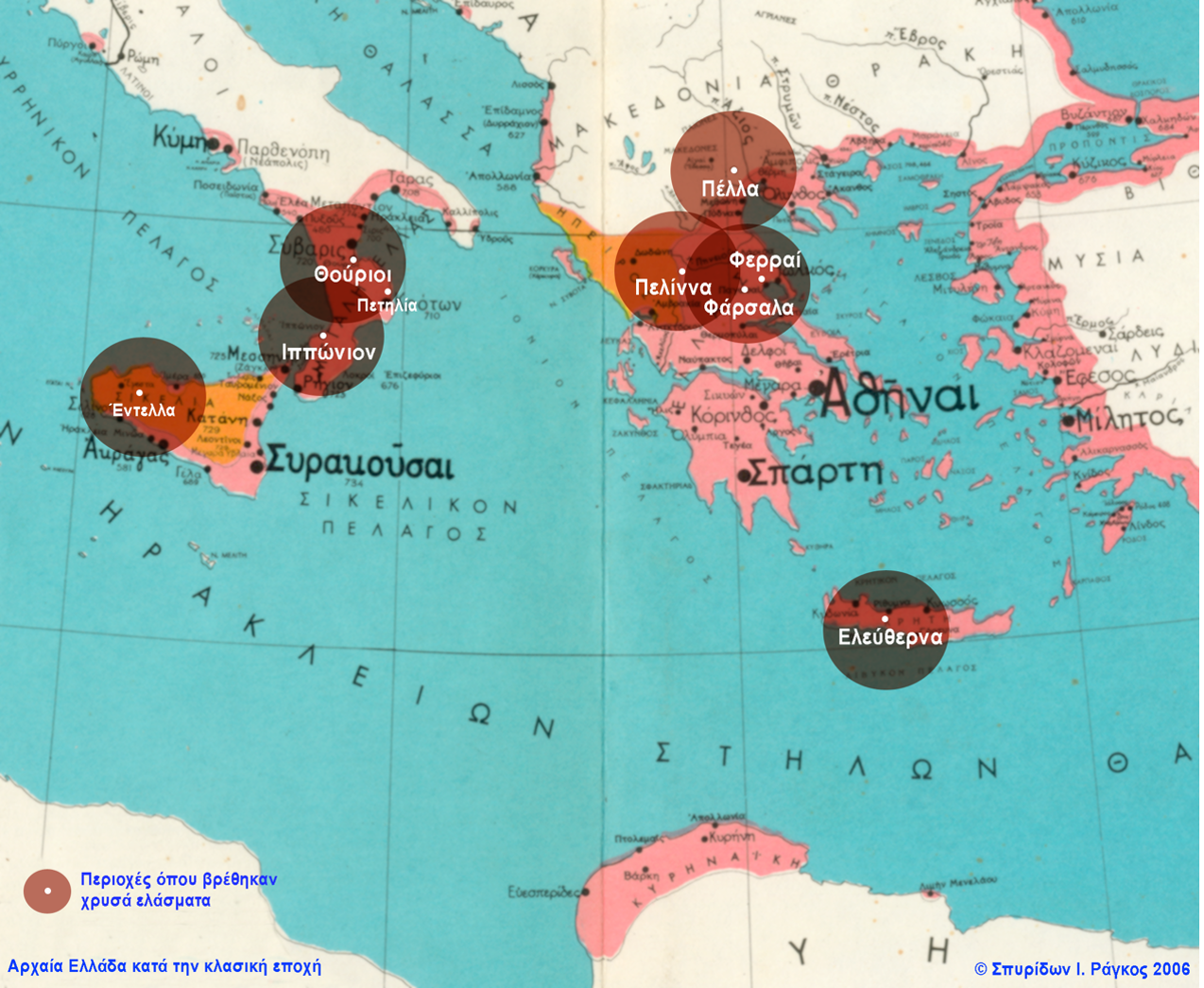
VI. Conclusions
Let me finish with a more general claim. Speaking of the magic of Orpheus’ poetical voice Charles Segal [38] writes:
What I have tried to suggest is that a similar “unity of being” transpires also through the evidence we possess about Orphic initiates and Orphic initiation. The two fundamental aspects of Orpheus’ myth, i.e. the legendary poet endowed with a unique power to tame wild beasts and to seduce the whole of nature under his magical spell and the religious instructor who brought mankind salvation from death through the institution of mysteries and ritual initiation, can thus be shown to belong essentially together. [39]

